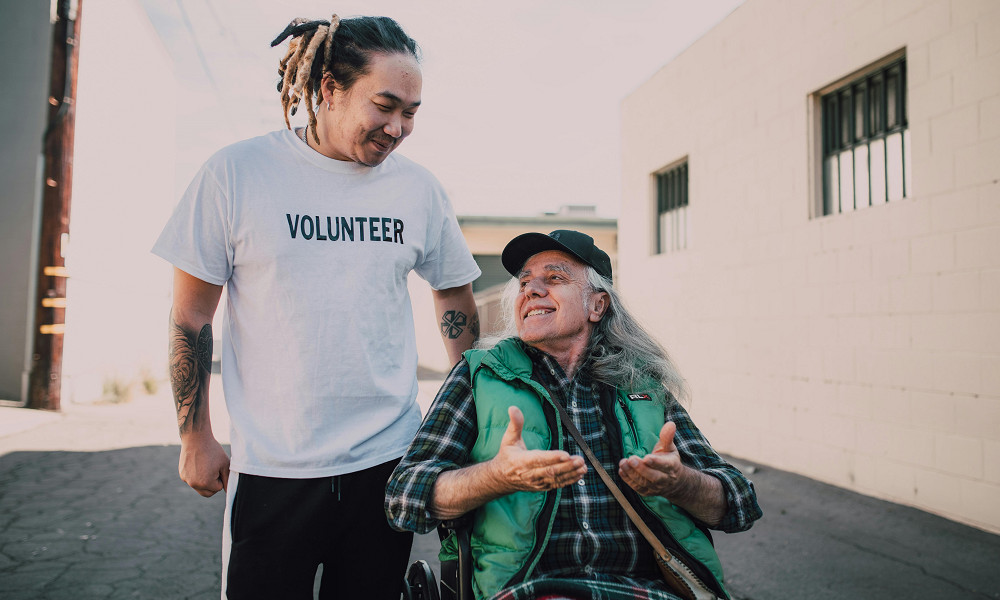Reviews
What Every Care Facility Needs for Better Patient Outcomes

Providing high-quality care goes beyond clinical procedures; it requires an environment that supports the safety, dignity, and well-being of those in your care. Whether you manage an aged care facility, hospital unit, or disability support service, the physical setting, equipment, and staff practices all play a role in improving outcomes for residents.
As the needs of older adults become more complex, your facility must evolve to meet those challenges through practical, evidence-based solutions.
Designing for Safety and Accessibility
The design of the care environment directly impacts the comfort and safety of residents. Poor layout, dim lighting, and inaccessible features can increase the risk of falls and limit independence, especially for residents with mobility issues or cognitive decline.
Focus on features such as non-slip flooring, grab rails, clear signage, and well-lit hallways. These elements help reduce injury risks and support wayfinding. In fact, falls are the leading cause of injury-related hospitalisations among older adults, making prevention strategies vital in your care setting.
By ensuring that both communal and private areas are safely accessible, you empower residents to move with greater confidence.
Equipment That Supports Movement and Prevention
Choosing the right equipment enhances care delivery, protects staff from manual handling injuries, and contributes to a safer daily routine for residents. When residents have difficulty moving independently, they become more vulnerable to complications such as pressure injuries, muscle weakness, and reduced respiratory function. Equipping your facility with appropriate mobility and transfer aids is essential for maintaining both safety and dignity.
Use adjustable beds, hoists, and positioning aids to make transfers safer and more efficient for your staff while also reducing discomfort for residents. Many care settings rely on aged care solutions like those found in Safety and Mobility’s aged care equipment range to meet these needs effectively.
Daily Living Aids that Promote Dignity
Supporting independence in everyday tasks is one of the most effective ways you can improve resident wellbeing. When individuals can manage aspects of their hygiene, dressing, or eating, it boosts their confidence and reduces reliance on carers.
Incorporate raised toilet seats, adaptive cutlery, dressing aids, and shower chairs to enable more autonomy. These simple yet effective tools also help your team deliver care more efficiently, especially in settings where staff-to-resident ratios are stretched.
Promoting self-sufficiency in daily routines contributes to both physical and mental health, reinforcing a sense of purpose for each resident.
Creating a Holistic and Stimulating Environment
Care is not only about meeting physical needs. A rich and stimulating environment improves emotional well-being and helps slow cognitive decline. Residents benefit from access to communal areas, gardens, and activities that foster engagement, especially those living with dementia or sensory impairments.
Incorporating reminiscence therapy, music programmes, or structured group sessions can reduce anxiety and improve social cohesion among residents. Even small touches, such as personal items in rooms or familiar scents, can make a substantial difference.
Skilled Staff and Personalised Care
Finally, staff expertise and attitude remain central to positive outcomes. Comprehensive training in person-centred care, manual handling, and effective communication ensures that residents are treated as individuals rather than patients. When staff understand behavioural cues, emotional triggers, and the importance of autonomy, care becomes more compassionate and effective.
Ongoing education and strong team culture contribute to lower staff turnover and a more consistent care experience for residents and families alike.
Shaping the Future of Quality Care
Improving patient outcomes is a shared responsibility that involves your environment, your equipment, and your team. When you invest in safety, promote independence, and support emotional well-being, you create a care setting where residents can truly thrive.
Small, intentional changes to your facility’s setup and daily practices can make a meaningful difference, ensuring that those who rely on your care do so with dignity, comfort, and confidence.

-

 World1 week ago
World1 week agoEthiopian volcano erupts for first time in thousands of years
-

 Health2 days ago
Health2 days ago8 kittens die of H5N1 bird flu in the Netherlands
-

 Legal7 days ago
Legal7 days agoUtah Amber Alert: Jessika Francisco abducted by sex offender in Ogden
-

 US News6 days ago
US News6 days agoExplosion destroys home in Oakland, Maine; at least 1 injured
-

 Health7 days ago
Health7 days agoMexico’s September human bird flu case confirmed as H5N2
-

 Legal3 days ago
Legal3 days ago15 people shot, 4 killed, at birthday party in Stockton, California
-

 World7 days ago
World7 days agoWoman killed, man seriously injured in shark attack on Australia’s NSW coast
-

 Health6 days ago
Health6 days agoMarburg outbreak in Ethiopia rises to 12 cases and 8 deaths




